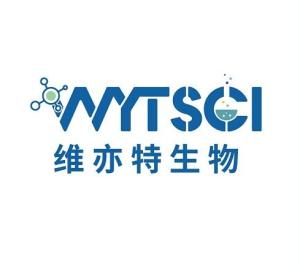
|
THZ1
- 英文名称:THZ1
- 品牌:WYTSCI
- 产地:进口
- 型号:1MG
- 货号:WT-AY-B11119
- cas:1604810-83-4
- 价格: ¥1/mg
- 发布日期: 2025-04-10
- 更新日期: 2025-12-08
产品详请
| 产地 | 进口 |
| 品牌 | WYTSCI |
| 货号 | WT-AY-B11119 |
| 用途 | 科研检测 |
| 英文名称 | THZ1 |
| 包装规格 | 1MG |
| CAS编号 | 1604810-83-4 |
| 别名 | THZ1 |
| 纯度 | 98+% |
| 分子式 | |
| 是否进口 | 是 |
纯度:97% by HPLC
分子式:C31H28ClN7O2
分子量:566.05
溶剂:DMSO (>25 mg/ml)
性状:Tan solid
存储:-20°C
Activity (short version):CDK7 inhibitor
Function / Pharmacology:THZ1 is an irreversible, covalent inhibitor (dual ATP-site and allosteric covalent binding) of CDK7 (IC50 = 15.6nM @ 20min and 3.2nM @ 180 min).1 It displayed broad based antiproliferative activity with IC50’s of less than 200nM against 53% of the 1000 cancer cell lines it was tested against. THZ1 disrupts transcription of several proteins including RUNX1, TAL1, and GATA3. It suppresses oncogenic transcription of MYCN-driven cancers.2 THZ1 decreases STAT3 chromatin binding and expression of target genes such as MYC, PIM1, and others in peripheral T-Cell lymphoma cells with the Y640F STAT3 mutation.3 Addition of THZ1 to targeted cancer therapy increases cell death and hinders the development of drug-resistant cell populations in cellular and in vitro cancer models.4
分子式:C31H28ClN7O2
分子量:566.05
溶剂:DMSO (>25 mg/ml)
性状:Tan solid
存储:-20°C
Activity (short version):CDK7 inhibitor
Function / Pharmacology:THZ1 is an irreversible, covalent inhibitor (dual ATP-site and allosteric covalent binding) of CDK7 (IC50 = 15.6nM @ 20min and 3.2nM @ 180 min).1 It displayed broad based antiproliferative activity with IC50’s of less than 200nM against 53% of the 1000 cancer cell lines it was tested against. THZ1 disrupts transcription of several proteins including RUNX1, TAL1, and GATA3. It suppresses oncogenic transcription of MYCN-driven cancers.2 THZ1 decreases STAT3 chromatin binding and expression of target genes such as MYC, PIM1, and others in peripheral T-Cell lymphoma cells with the Y640F STAT3 mutation.3 Addition of THZ1 to targeted cancer therapy increases cell death and hinders the development of drug-resistant cell populations in cellular and in vitro cancer models.4









